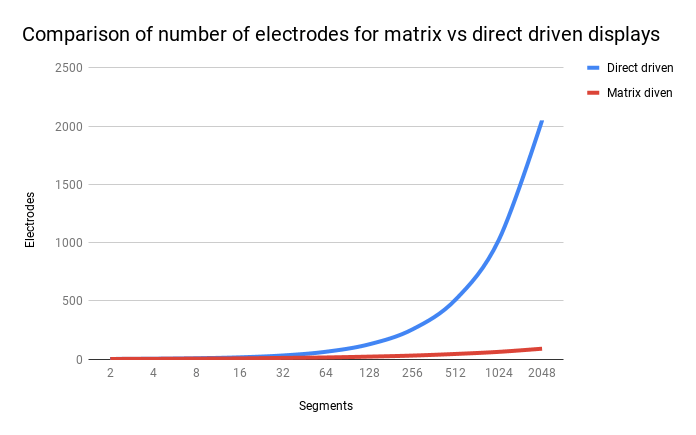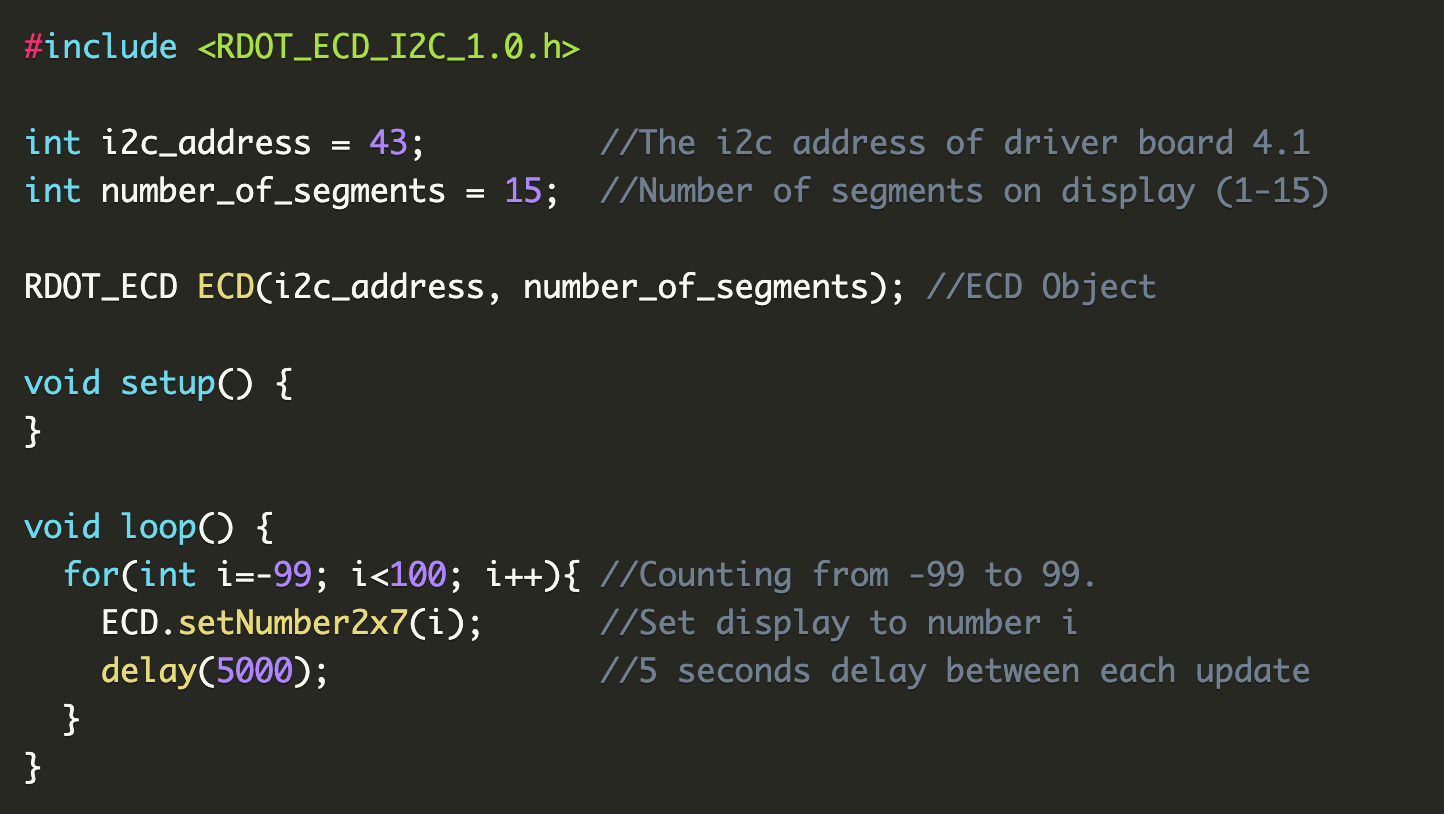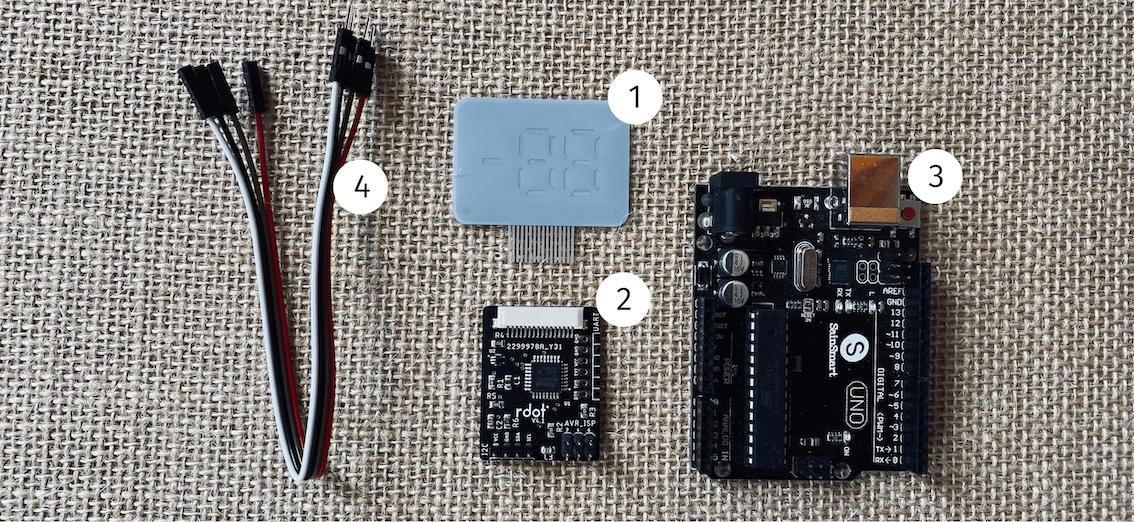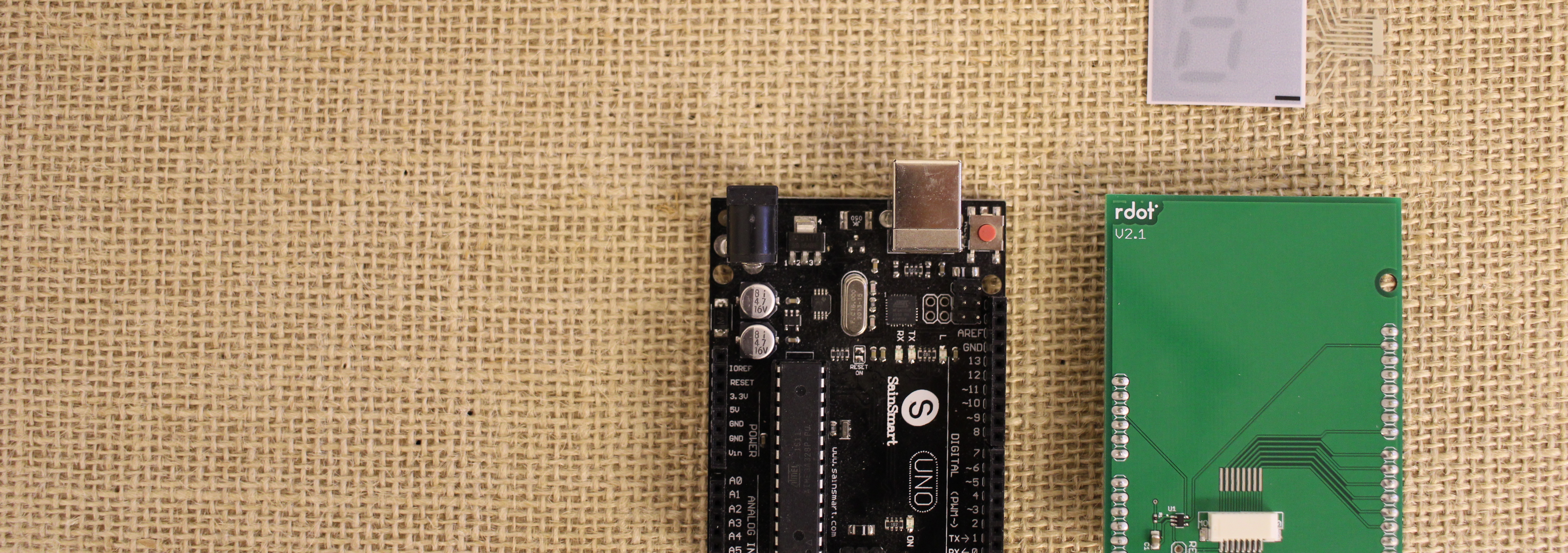Rdot was recently granted governmental funding for the development of a printed passive matrix display. Passive matrix addressing drastically reduces the number of electrodes required in the interconnection between the display and the display driver. This means that a passive matrix addressed display can have many more segments. This is also a large step toward fully printed high-resolution graphical displays.
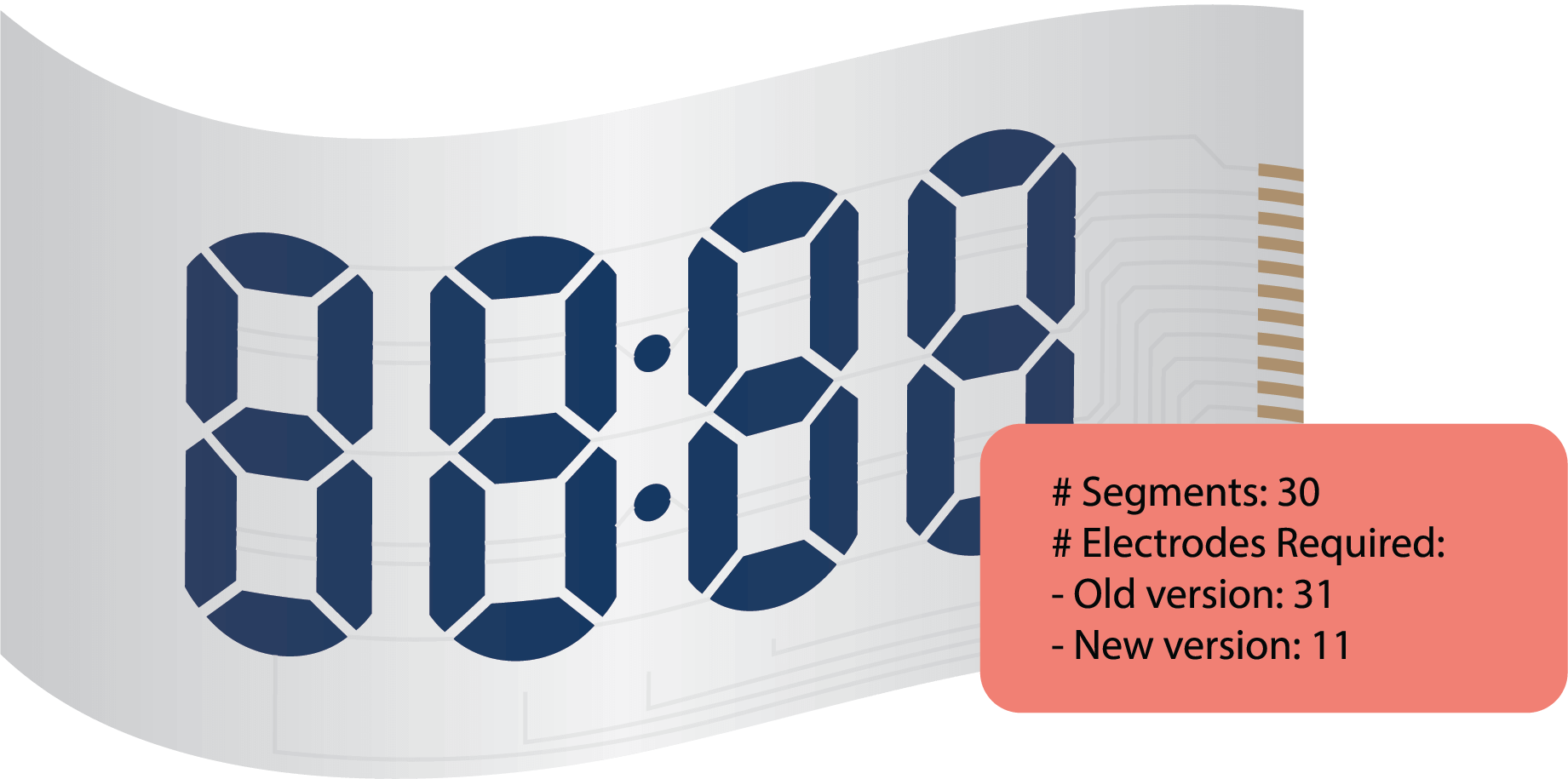
Is it really possible with electrochromism?
Actors within the display industry have debated for a long time whether passive matrix addressing based on electrochromism is possible or not. Today, we know that it is possible. Recent advancements have led to prototypes controlled with passive matrix addressing. This is important for two reasons:
- Lower electrode count between the display and the display driver/MCU.
- The first step toward creating ultra-low power graphical high-resolution displays.
Rdot has the ambition to make the passive matrix display commercially available during late 2019. A printed passive matrix will keep the production cost low, in relation to active matrix displays.
